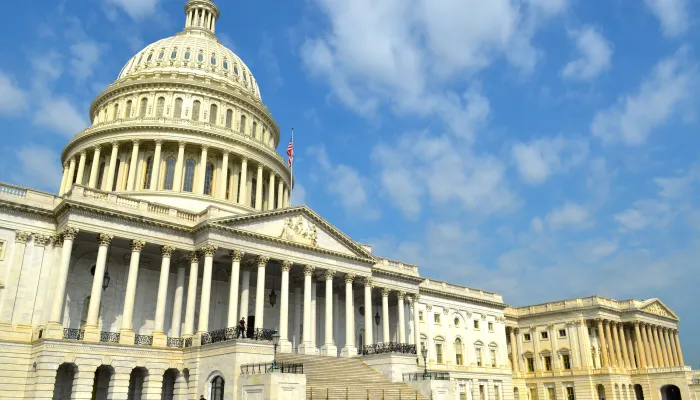Potential Savings from Shrinking the Federal Workforce
The Trump Administration has called for significant reductions to the federal workforce and has begun the process by laying off a number of federal workers in their probationary period, offering an effective buy-out for many workers, and announcing impending Reductions In Force (RIFs) across various agencies. Assuming these reductions are followed by equivalent cuts to appropriations or outlay levels and sustained in the years ahead, they could reduce deficits by hundreds of billions of dollars over the next decade.
Specifically, we estimate a 10 percent reduction in the federal civilian workforce would save roughly $350 billion over the next ten years. A larger reduction of one-quarter to one-third of federal civilian employees could save $900 billion to $1.2 trillion. When exempting Department of Defense personnel, a 10 percent reduction in the remaining workforce would save $250 billion, a 25 percent reduction would save $600 billion, and a 33 percent reduction would save $800 billion.
| Percent of Workforce Cut | Potential Ten-Year Savings | Potential Ten-Year Savings (Non-Defense) |
|---|---|---|
| 10% | $350 billion | $250 billion |
| 25% | $900 billion | $600 billion |
| 33% | $1.2 trillion | $800 billion |
Note: Savings measured from fiscal year 2026 through 2035 and rounded to the nearest $50 billion.
Sources: Office of Management and Budget, Committee for a Responsible Federal Budget.
These estimates assume a random subset of civilian executive branch employees (excluding postal employees) are let go immediately and that no one is hired to replace them. They do not incorporate potential savings downstream from workforce reductions, such as lower real estate or support services costs, and reduced federal civilian retirement benefits. On the other hand, these estimates do not incorporate the cost of buyout offers, the potential costs associated with reorganizing agencies to accommodate smaller workforces, or other cost increases that may result from workforce reductions. Cutting certain federal employees might actually cost the government money on net, such as those working on tax collection and enforcement, fraud recovery, disability reviews, or loan payment collections, among others.
It’s important to note that reducing the federal workforce would not directly result in savings, as the spending associated with federal employee pay and benefits are often covered by annual Congressional appropriations. In order to realize the savings from reducing the federal workforce, Congress would have to reduce annual appropriations to various executive branch agencies; otherwise, the funds would be required to be spent elsewhere.


